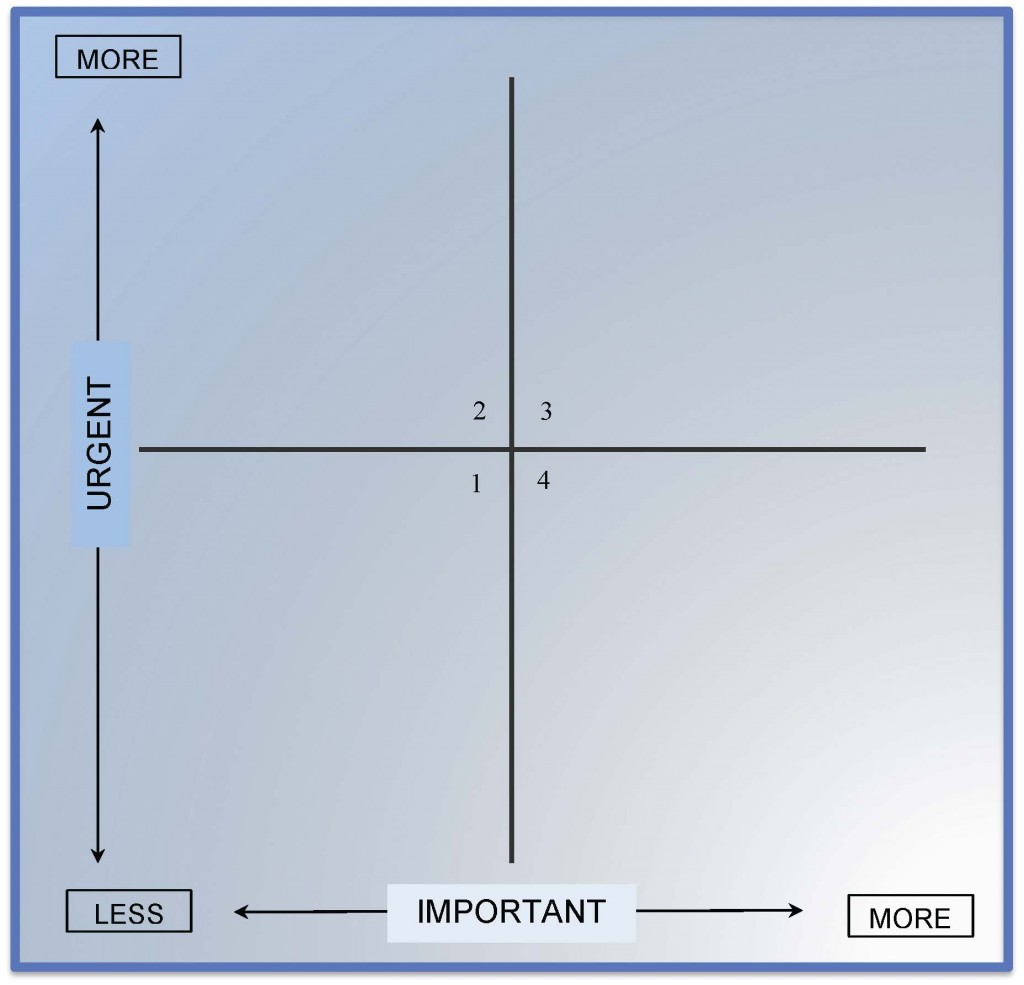In my community in Cleveland’s inner-ring eastern suburbs, Walmart just abandoned its old location and moved less than a mile away to a newer, gianter, superer Walmart. It has increased the size of its food section – making no secret of an ambition to take yet more business from the two independent grocers that still thrive here.
The character of my community is defined in large part by the independent merchants who operate here. Many of these small-business owners have made an art out of surviving the onslaught from big boxes and national chains. But that job requires constant vigilance and change.
The non-profit FutureHeights exists here in part to support a business environment that’s friendly to local businesses. On its website, it lists 10 reasons why people should shop local first.
That list can also be turned around and used by local, independent merchants as a game plan for competing against the bigger and blander chains.
Here it is, with my own annotations on how local businesses can optimize themselves:
1. Keep the money in the neighborhood: For every $100 spent at a locally owned business, $68 goes back into the community, strengthening the tax base. For every $100 spent at a chain store, only $43 comes back. [Source:
Institute for Local Self-Reliance]
For businesses: Broadcast your involvement; allow local events to be posted in your windows; discuss local issues (in a positive, upbeat way) on your company’s Facebook page and other communications. You and your business will come to be seen as part of very fabric of the community.
2. Embrace what makes the community different: One-of-a-kind independent businesses are part of what gives Cleveland Heights and University Heights their attractive character. But competition from well funded national chains can be very aggressive, and our local merchants can’t survive without our business. If we wanted to live and shop in a cookie-cutter suburb, we wouldn’t be here.
For businesses: Be aggressively unique and promote that individuality in everything you do. Some people just want low prices and 100,000 square feet of selection and there is nothing you can do to keep such customers. So focus on thrilling the customers who value the different and willingly pay a little bit extra to get it.
3. Get better service: Local businesses often hire people who have a better understanding of the products and services they’re selling, and who take more time to get to know customers and their neighborhoods.
For businesses: Train your staff well, and maximize your time with customers to serve them as only the owner can.
4. Buy what you want, not what the national headquarters wants to sell you: Locally focused small businesses can be much more responsive to local needs than a national chain. Together, a network of local independent businesses guarantees a more diverse selection that is better aligned with the home community.
For businesses: The local grocers mentioned at the beginning of this post are great at this; they carry specialty items that customers have been buying for years, and which Walmart won’t stock. If as customer is looking for something they don’t have, they’ll offer to order it and find some small space on the shelves to keep it in stock.
On another note, you know how your products differ from those of national chains, and you know the games that big boxes play. If their Chinese-made goods are flimsier than yours, or if their special packaging actually offers a higher per-unit cost, help to educate your customers; they want to understand why your goods really aren’t more expensive than the big chains.
5. Create more good jobs: Taken together, small local businesses employ more residents than national chains. Local business owners are more loyal to their employees, and vice versa.
For businesses: Make a special effort to employ locals. Their friends will do business with you; the quality of life of their entire network is based on your profitability. That’s a lot of people pushing for your success.
6. Help the environment: Independent local businesses locate in our traditional commercial districts, a short drive away or even within walking distance of our homes. National chains build on the suburban fringe, leading to more sprawl, traffic congestion, habitat loss, and pollution.
For businesses: Embrace sustainable practices and local sourcing when possible. Can you think of ways to reward such practices among your customers?
7. Support community groups: Non-profits receive an average of 350% more support from local business owners than they do from non-locally owned businesses.
For businesses: Embrace the stream of people who come to your business seeking contributions. Can you allocate $500 a year to local causes and dole it out in $25 increments? Doing so would support 20 community causes – walkathons, school plays, soccer teams and the like. It’s OK to set guidelines, such as: The cause must be truly local; it must be apolitical; it must provide some kind of signage, advertisement or other visible recognition for your business; etc. For every cause you support, you create loyalty and preference among dozens of families involved. You want to be known as the easiest “yes” in town. That doesn’t make you a sucker; it makes you a caring neighbor.
8. Invest in the community: Local businesses are owned by people who live here, work here, and are more invested in the future of this community.
For businesses: See above.
9. Put your taxes to better use: Local businesses in traditional shopping districts need comparatively less infrastructure investment and make more efficient use of public services as compared to nationally owned chain store, which consume a disproportionate share of space, utility and transportation infrastructure, and public resources.
For businesses: Get together with other businesses in your district and look for ways to save money for yourself and the community. Is it possible to share dumpster service or sidewalk clearance? Can you work together to communicate with City Hall on issues of safety and regulation? FutureHeights printed small point-of-sale postcards that contain this list of reasons to shop local, and makes them available to merchants who want to distribute them. You and a few merchants could get together and split the nominal cost of doing the same.
10. Be a model for Ohio and the nation: In an increasingly homogenized and wasteful society, neighborhoods built around small-scale commercial districts and unique local businesses pose a more attractive and sustainable alternative to characterless sprawl–not only making for better quality of life, but freeing up resources for improved future growth.
For businesses: Decorate your windows; put festival lighting outside the store; do your part to make your business district warm and attractive. Since the first shopping malls were built in the 1950s, real estate developers have been trying to recreate the look and feel of Main Street. If you occupy the real thing, emphasize it. And let customers know that every dollar they spend is a vote for the kind of shopping they want to do. Thank them when they vote for the kind of shopping you offer.




 Success in marketing isn’t about finding the one thing that works; it’s about cultivating a range of activities that, cumulatively, bring in the customers you need. Some of the best activities cost little and exploit your own interests.
Success in marketing isn’t about finding the one thing that works; it’s about cultivating a range of activities that, cumulatively, bring in the customers you need. Some of the best activities cost little and exploit your own interests. introduce the next round of artists. It also has a small seating area and a location appropriate for small music combos to perform.
introduce the next round of artists. It also has a small seating area and a location appropriate for small music combos to perform. While that proved unworkable, he and the school created a sponsorship program that brought in money for the athletic department and promoted Sweetie Fry during games. Several times throughout each home game, the PA announcer would ask a local trivia question. The prize? A certificate for free Sweetie Fry ice cream.
While that proved unworkable, he and the school created a sponsorship program that brought in money for the athletic department and promoted Sweetie Fry during games. Several times throughout each home game, the PA announcer would ask a local trivia question. The prize? A certificate for free Sweetie Fry ice cream. Nominations have begun for the 2013 Best of the Heights Awards. If your business is located in Cleveland Heights or University Heights, this local recognition program provides an opportunity for free and low-cost marketing. Here’s how this year’s program works, and how to take advantage of it in your business:
Nominations have begun for the 2013 Best of the Heights Awards. If your business is located in Cleveland Heights or University Heights, this local recognition program provides an opportunity for free and low-cost marketing. Here’s how this year’s program works, and how to take advantage of it in your business:

